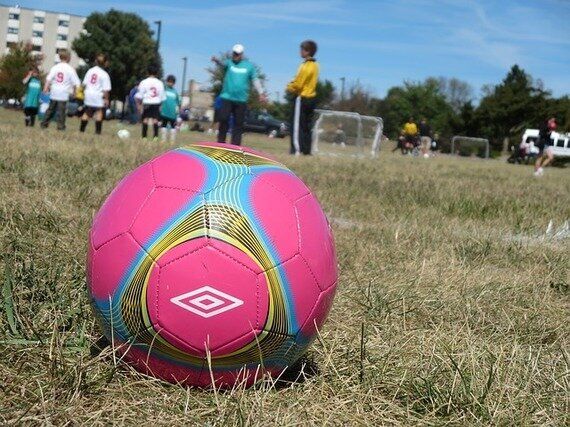
The ongoing stoush about the redevelopment of Sydney's Allianz Stadium and the reaction of football fans is in the first instance about stadium size -- but that's not where the focus should lie.
In case you missed it, the labyrinthine network of politicians, developers and money men in NSW have come up with a plan to knock down the existing 44,000 seater with a 55,000 seater.
But on the face of it, there seems to be little need to expand the capacity of the stadium -- given the average crowd for Super Rugby, NRL, and A-League matches was about 17,000 back in 2015.
In uniquely NSW thinking, the proponents seem to think a larger stadium will lead to larger crowds instead of, say, fixing the public transport system which makes it difficult to get to Moore Park.
Suffice to say, key tenants have objected to being kicked out for a few seasons to accommodate the plan.
For football, the last thing it needs is a bigger stadium to showcase the game. In fact, it wants smaller grounds. Anybody who's turned on the TV to watch a game being played at Westpac Stadium or Suncorp Stadium will know that needing to play matches at cavernous stadiums isn't exactly working out all that well.
Smaller grounds specifically designed with football at least partially in mind and are often close to if not at capacity every week.
It's hardly a new observation, but football does well when its audience is tight to the pitch.
It's why football supporters have been looking at the likes of Major League Soccer and its ability to find boutique stadiums just for football -- especially when it comes to new franchises.
A smaller stadium packed to the rafters sounds and looks better on TV than a cavernous oval only half-full -- it's being viewed through the commercial lens of 'product'.
The focus though needs to be on pitches rather than the rafters.
One of the bugbears of Australian football supporters is that grounds are shared between several codes. At both grassroots and the top end of the game, codes are often forced to play nice -- but this disproportionately affects football.
In one of the more ridiculous inconveniences it has emerged that if the Brisbane Roar win the right to host the A-League grand final, then it will be playing on a surface which has been trampled on by 30 or more rugby players the night before.
The most attractive football is played on the ground, with the ball rolling along the surface. Bobbles and slight deviations not always caught by cameras can be the difference between a vicious volley on target and a thunderbolt destined for row Z.

So having men built like trucks wearing studs cut up the pitch isn't exactly idea for the best spectacle - for many the only engagement they'll have with the A-League all year.
But aside from being an issue of product, it's hampering the development of Australian football at large.
One of the cultural elements to the Australian brand of football, traditionally speaking, has been the willingness to work and be physically robust. In the last 20 years, however, there has been an acceptance that the technical quality of players needs to increase.
This means they need to be better at controlling the ball and playing crisp passes.
Turns out that's harder to do on a pitch which has been cut up by other codes.
That being said, shared stadia will continue to be the reality until football can become a serious player in the Australian commercial world.
Can you imagine any one A-League side, including the financially powerful Melbourne Victory, having enough commercial weight to be able to go out and build its own boutique stadium?
The AFL has flirted with the idea of buying up Etihad Stadium in Melbourne, flush with cash post TV deal.
While the FFA is hard at work trying to sort out its own TV deal, it's unlikely to end up with stadium buying money.
So, the conundrum remains - and save for working with other codes on scheduling there doesn't seem to be a clear path forward for improving the quality of pitches at both the top-end and grassroots.
The grassroots could be an opportunity for football, but with dwindling public land available it doesn't seem that more capacity will be available.
So, what's the solution?
It could be any number of things. It could be alternative finance arrangements to pay for boutique stadia, it could be investment in technology to make pitches more able to stand up to heavy foot traffic - but in any case it begins with a robust discussion on pitch quality rather than hand-wringing about stadia size.